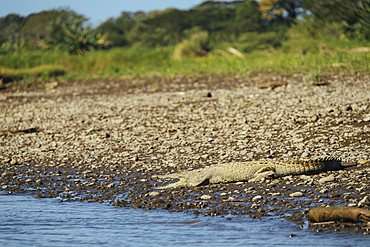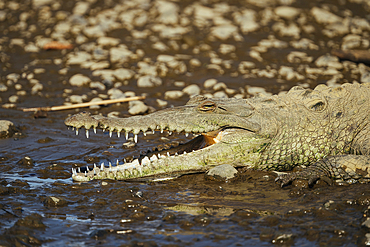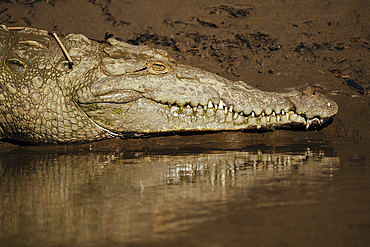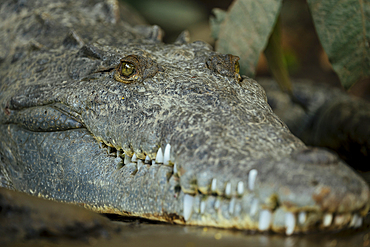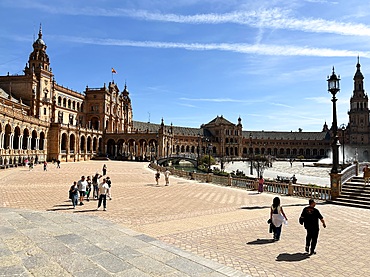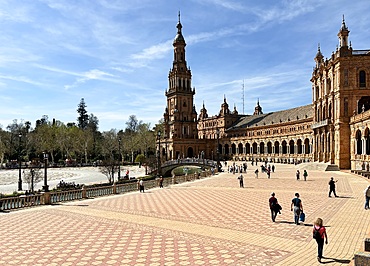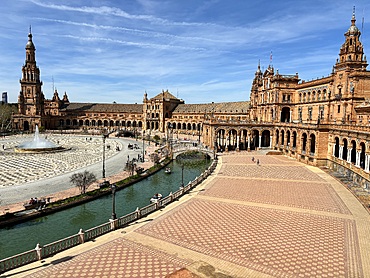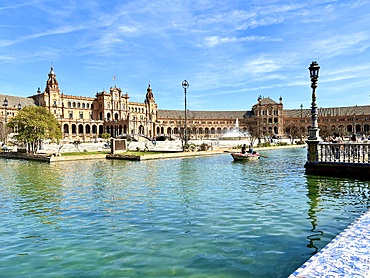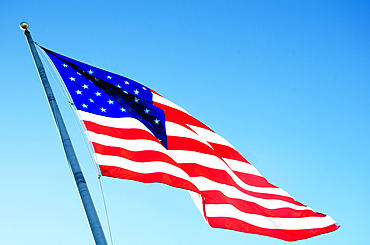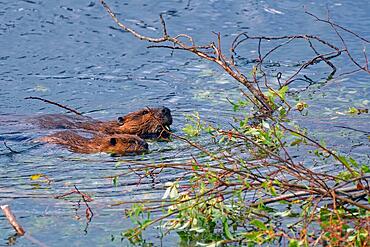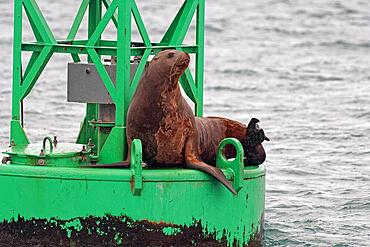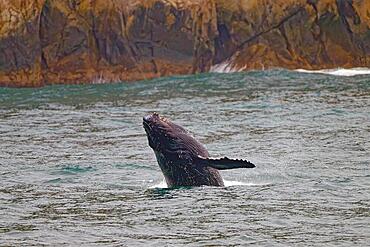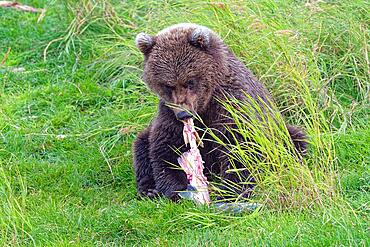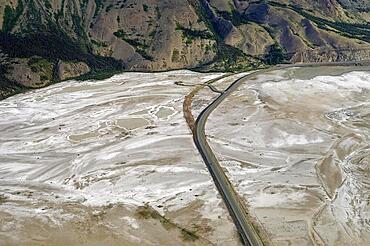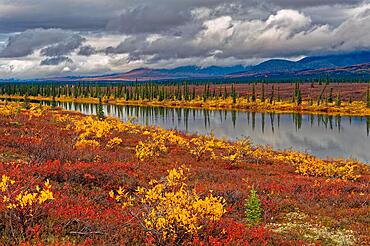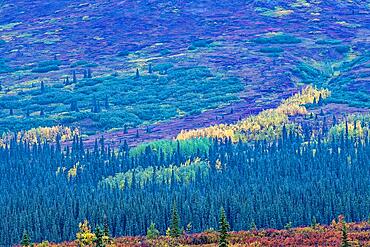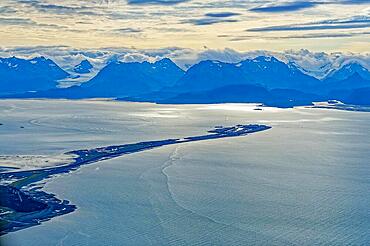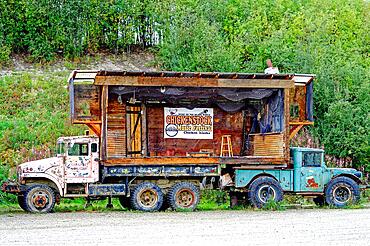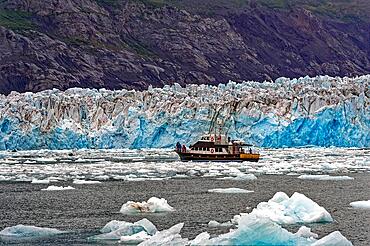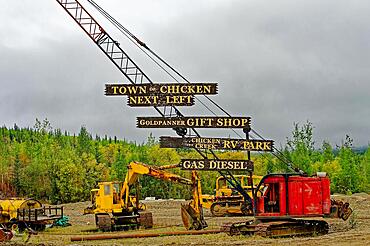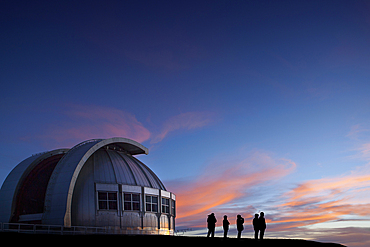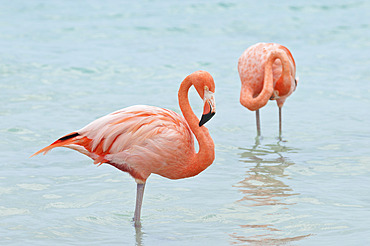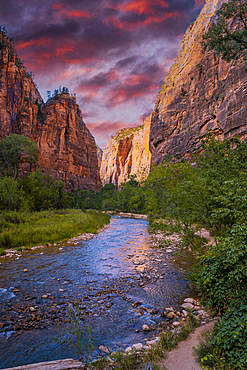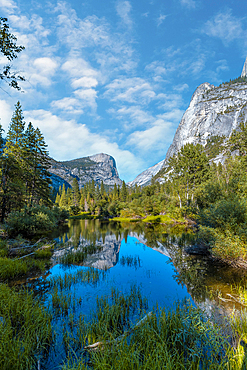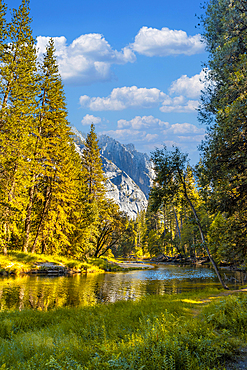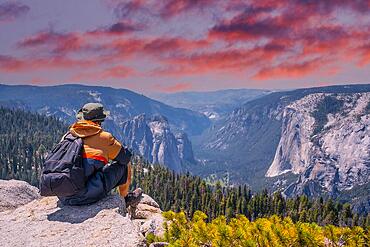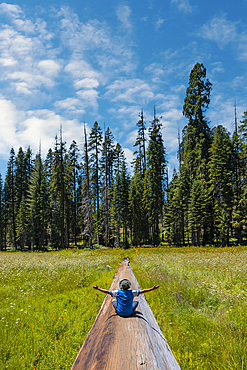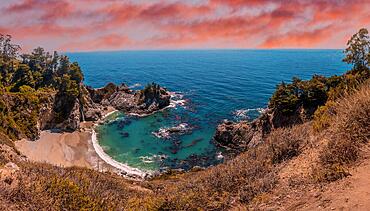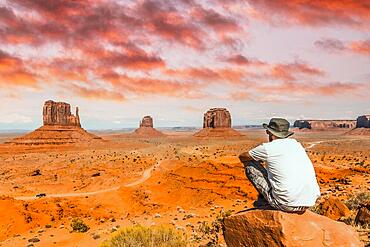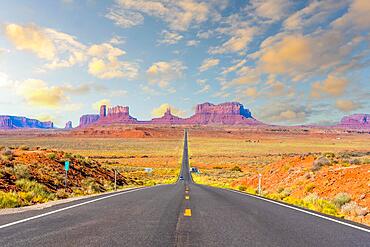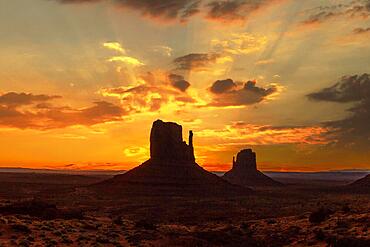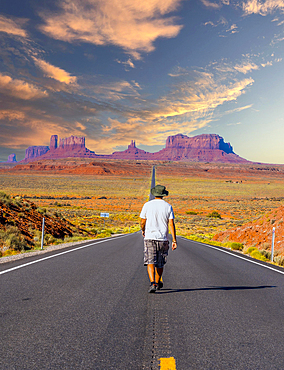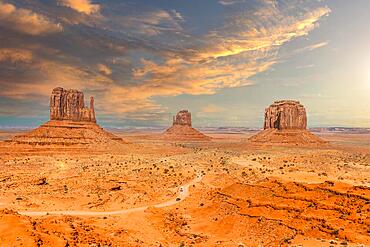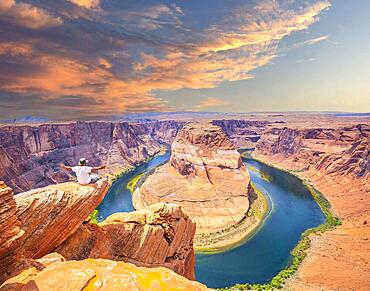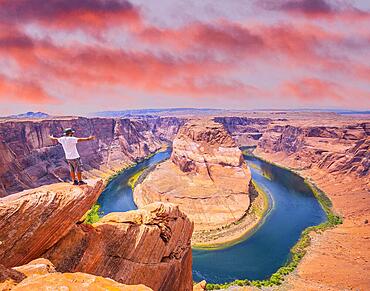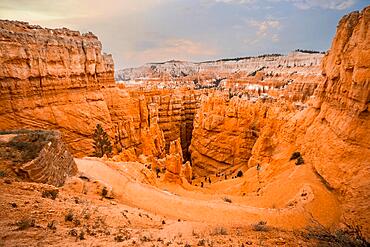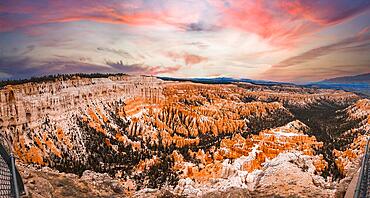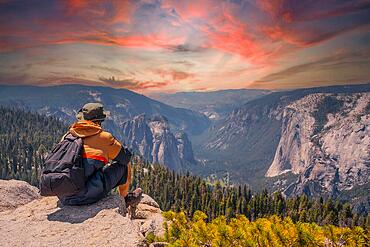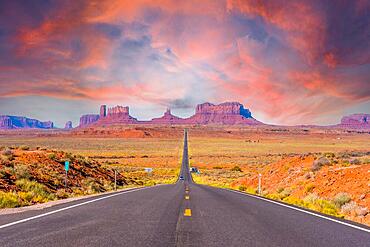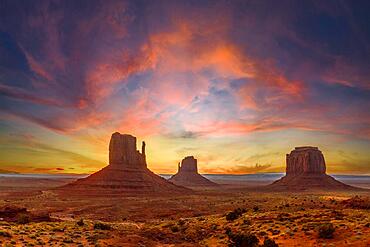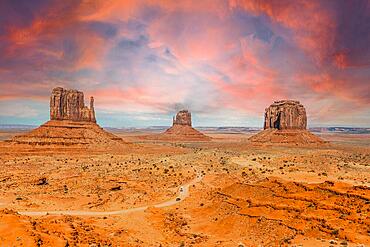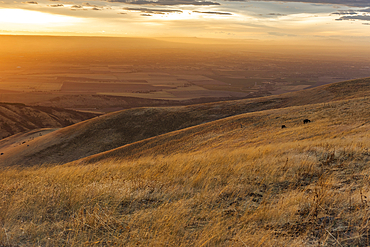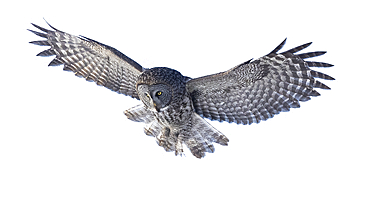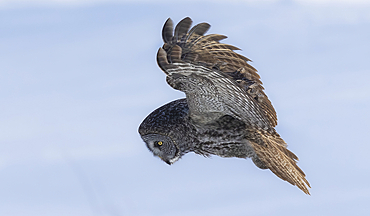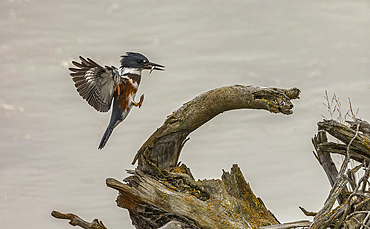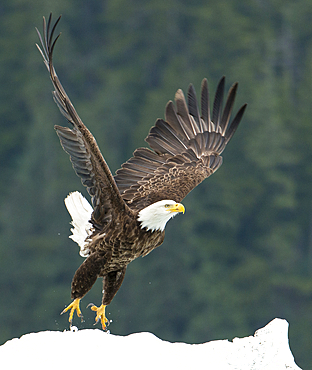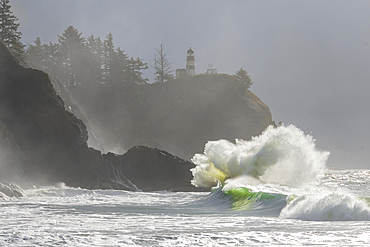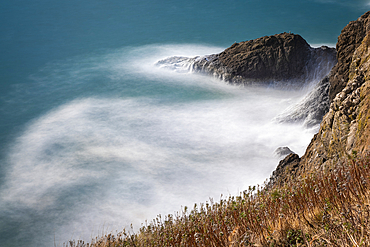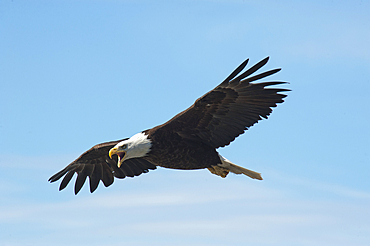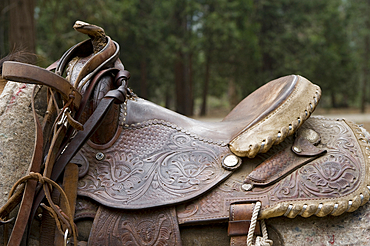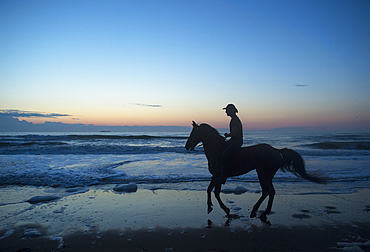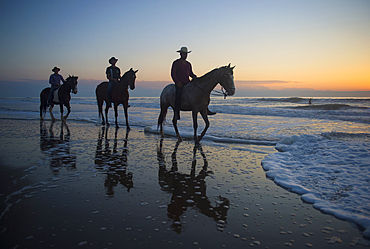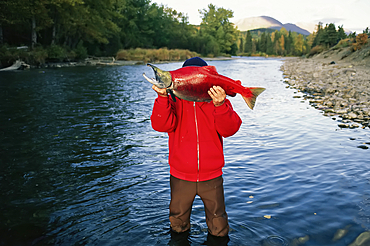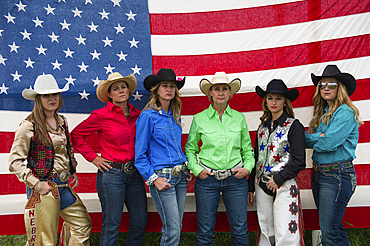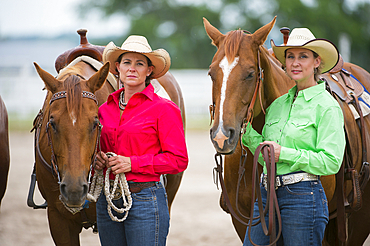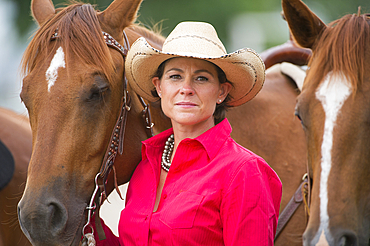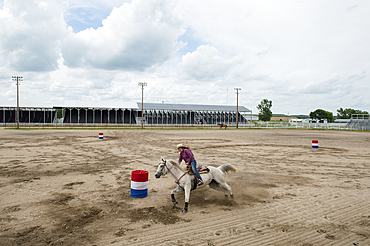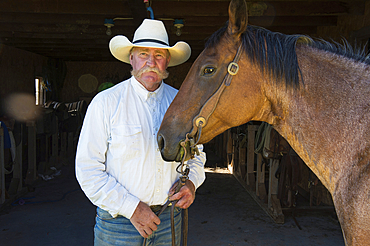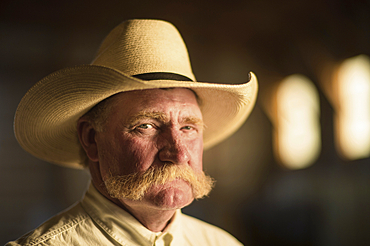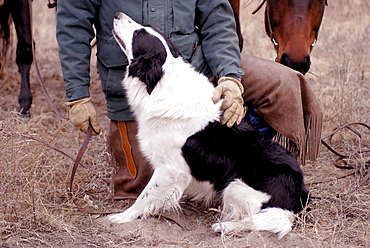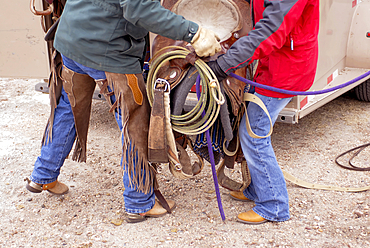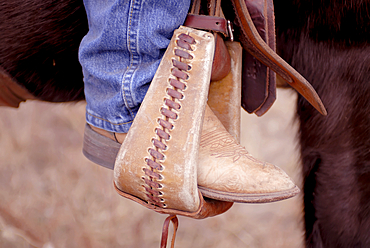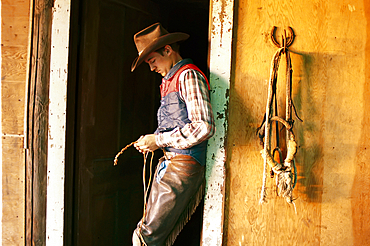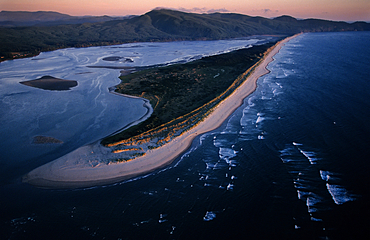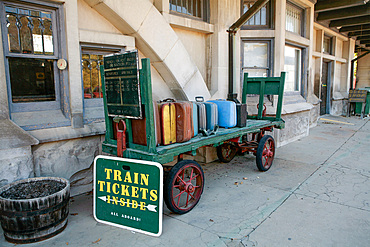Recent searches
Loading...
1358-394 - The tomb of Alexander Hamilton (1755 - 1804), American statesman, soldier and Founding Father at Trinity Church, Broadway, New York. His life was the inspiration for the hit Broadway musical, Hamilton.
1384-170 - Latin American tower, Torre Latinamericano, Mexico City, Mexico built 1956
848-3018 - American Crocodile (Crocodylus acutus), Tarcoles River, Garabito, Puntarenas Province, Costa Rica, Central America
848-3019 - American Crocodile (Crocodylus acutus), Tarcoles River, Garabito, Puntarenas Province, Costa Rica, Central America
848-3017 - American Crocodile (Crocodylus acutus), Tarcoles River, Garabito, Puntarenas Province, Costa Rica, Central America
848-3016 - American Crocodile (Crocodylus acutus), Tarcoles River, Garabito, Puntarenas Province, Costa Rica, Central America
1373-298 - View of the Plaza de España (Spain Square), a plaza in the Parque de María Luisa (Maria Luisa Park), in Seville, Spain, built in 1928 for the Ibero-American Exposition of 1929 and a landmark example of Regionalism Architecture.
1373-297 - View of the Plaza de España (Spain Square), a plaza in the Parque de María Luisa (Maria Luisa Park), in Seville, Spain, built in 1928 for the Ibero-American Exposition of 1929 and a landmark example of Regionalism Architecture.
1373-296 - View of the Plaza de España (Spain Square), a plaza in the Parque de María Luisa (Maria Luisa Park), in Seville, Spain, built in 1928 for the Ibero-American Exposition of 1929 and a landmark example of Regionalism Architecture.
1373-295 - View of the Plaza de España (Spain Square), a plaza in the Parque de María Luisa (Maria Luisa Park), in Seville, Spain, built in 1928 for the Ibero-American Exposition of 1929 and a landmark example of Regionalism Architecture.
1373-294 - View of the Plaza de España (Spain Square), a plaza in the Parque de María Luisa (Maria Luisa Park), in Seville, Spain, built in 1928 for the Ibero-American Exposition of 1929 and a landmark example of Regionalism Architecture.
1178-44367 - American flag blowing inn wind against clear sky
832-404490 - Two north american beavers (Castor canadensis), old and young swimming in the beaver pond, food plants visible, Yukon Territory, Canada, North America
832-404489 - Steller sea lion (Eumetopias jubatus) sitting on buoy in Valdez Harbour, Southeast Alaska, Alaska, USA, North America
832-404487 - Humpback whale (Megaptera novaeangliae) up to the pectoral fin above the water surface, rocky coastline behind, Kenai Fjords National Park, Alaska, USA, North America
832-404486 - Two young cross foxes (Vulpes vulpes) sitting on the burrow, North Alaska, Alaska, USA, North America
832-404485 - Brown bear (Ursus arctos), grizzly young on the coast, eating salmon, Katmai, Alaska, USA, North America
832-404471 - Aerial view of the Alaska Highway in the Slims River Valley, with Sheep Mountain in the background, Yukon Territory, Canada, North America
832-404470 - Autumn landscape in Denali State Park, intense colours, reflections in the water, Central Alaska, Alaska, USA, North America
832-404467 - Autumn landscape in Denali State Park, intense colours, reflections in the water, Central Alaska, Alaska, USA, North America
832-404466 - Autumn landscape in Denali State Park, Central Alaska, Alaska, USA, North America
832-404464 - Aerial view of Homer Spit, Homer, Kachemak Bay, mountains of Kachemak Bay State Park, Kenai Peninsula, South Alaska, Alaska, USA, North America
832-404463 - Music stage in the centre of Chicken, Top of the World Highway, Interior Alaska, Alaska, USA, North America
832-404462 - Meares Glacier, detail view, rainforests in the background, Chugach Mountains, Prince William Sound, Valdez, South Alaska, Alaska, USA, North America
832-404461 - Excursion boat in front of Columbia Glacier, Chugach Mountains in the background, Prince William Sound, Valdez, South Alaska, Alaska, USA, North America
832-404460 - Welcome sign when entering Alaska, coming from Canada, Yukon Territory, North Alaska, Alaska, USA, North America
832-404459 - At the Top of the World Highway with signs to the wasteland settlement of Chicken, Interior Alaska, Alaska, USA, North America
832-404458 - Northern lights (Aurora borealis) in different colours, starry sky, snowy mountain landscape in front, Alaska, USA, North America
1178-44315 - Chinese couple posing for cell phone selfie in restaurant
1178-44314 - Silhouette of people watching sunset at observatory
860-292090 - A pair of American flamingo (Phoenicopterus ruber), Aruba, Dutch Caribbean, South America
1126-2234 - The Normandy American Cemetery and Memorial, Colleville-sur-Mer, Normandy, France, Europe
832-404307 - Vernal Falls waterfall of Yosemite National Park from the water that falls into the stones in sunset, long exposure photo. California, United States, North America
832-404308 - The beautiful views of the Zion national park canyon in sunset. United States
832-404306 - Reflections in the water of the Yosemite Mountains in Mirror lake, Yosemite. California, United States, North America
832-404304 - Finished the Taft point trekking in Yosemite National Park in sunset. United States
832-404305 - Lovely walk to walk in Yosemite valley. California, United States, North America
832-404303 - A young winged seated Taft point looking at Yosemite National Park and El Capitan in sunset. United States
832-404301 - A young man sitting in a fallen tree where you can see A green field with many sequoias in the background in Sequoia National Park, California. United States
832-404302 - Tunnel View viewpoint, Yosemite National Park in sunset, California. United States
832-404300 - Mcway Waterfall and its beautiful beach in sunset, California. United States
832-404299 - Mcway Waterfall and its beautiful beach in sunset, California. United States
832-404298 - A young boy with white t-shirt sitting in the center of the photo on a stone in the Monument Valley National Park in the visitor center. Utah
832-404296 - The Monument Valley road in sunset, the famous place where they filmed the Forrest Gum movie. Utah
832-404297 - Detail of a bit of Monument Valley at its beautiful sunrise, Utah
832-404295 - A young man in a white shirt walking on the road to Monument Valley in sunset. Utah
832-404294 - Monument Valley National Park at the Visitor Center at Orange Sunrise, Utah. United States
832-404293 - A young man sitting with a white shirt and green pants on Horseshoe Bend and the Colorado River in the background, Arizona. United States
832-404292 - A young man with white shirt and green hat in Horseshoe Bend, Arizona. United States
832-404291 - The zigzag climb of the beautiful Navajo Loop Trail in Bryce National Park, Utah. United States
832-404290 - Beautiful views before starting the Queens Garden Train trekking in Bryce National Park, Utah. United States
832-404258 - Gorgeous orange sunset with pink clouds over the Golden Gate in San Francisco, California. United States
832-404257 - Tunnel View Overlook in a gorgeous summer sunrise, Yosemite National Park, California. United States
832-404255 - A young man on the trek sitting on the Sentinel Dome lookout in Yosemite National Park looking at El Capitan Mountain. United States
832-404254 - A young woman trekking at Sentinel Dome Lookout in Yosemite National Park looking at El Capitan Mountain. United States
832-404247 - Highway reaching Monument Valley at sunset, Utah. United States
832-404246 - Monument Valley National Park at the Visitor Center at Orange Sunrise, Utah. United States
832-404245 - A young man in a white t-shirt in Monument Valley National Park at the visitor center at sunset, Utah. United States
832-404244 - Monument Valley National Park at the Visitor Center at Orange Sunrise, Utah. United States
832-404167 - Contemplative mysterious african american woman standing amidst the cotton field. generative AI
832-404168 - Contemplative mysterious african american woman standing amidst the cotton field. generative AI
832-404166 - Contemplative mysterious african american woman standing amidst the cotton field. generative AI
832-404165 - Contemplative mysterious african american woman standing amidst the cotton field. generative AI
832-404164 - Contemplative mysterious african american woman standing amidst the cotton field. generative AI
1374-6 - Flower of the American Agave plant on blue sky background, Italy, Europe
1116-52958 - Dusty sunset and grazing cows with a distant view of vast farmland in Eastern Washington, USA, Walla Walla, Washington, United States of America
1116-52957 - Person stands on a rocky slope looking out to the water along the tranquil coast, Alaska, United States of America
1116-52955 - Owl with grey and white plumage in flight on a white background, Alaska, United States of America
1116-52956 - Owl looking down while in flight, Alaska, United States of America
1116-52954 - View from directly above of a male Bighorn sheep (Ovis canadensis) standing on a snowy ridge, Alaska, United States of America
1116-52953 - Bird carrying a small fish lands on driftwood at the water's edge, Alaska, United States of America
1116-52949 - Bald eagle (Haliaeetus leucocephalus) in flight with a forest in the background, near Petersburg, Inside Passage, Alaska, USA, Alaska, United States of America
1116-52950 - Glaciers surround Saint Mary Lake in Glacier National Park, Montana, USA, Montana, United States of America
1116-52948 - Bald eagle (Haliaeetus leucocephalus) takes flight from a snowy mound near Petersburg, Inside Passage, Alaska, USA, Alaska, United States of America
1116-52945 - Morning fog enhances the dramatic beauty of the waves crashing into the cliffs at Cape Disappointment Lighthouse at the mouth of the Columbia River in Southwest Washington, Washington, United States of America
1116-52946 - Long exposure of frothy waves crashing into the cliffs at Cape Disappointment, at the mouth of the Columbia River in Southwest Washington, Washington, United States of America
1116-52942 - Mighty Bald eagle (Haliaeetus leucocephalus) giving alarm calls while in flight letting everyone know he's near by, Anchor Point, Alaska, United States of America
1116-52924 - Close-up of a leather saddle strapped onto a horse with trees in the background in King's Canyon National Park, California, United States of America
1116-52921 - Cowboy rides his horse at sunrise along Virginia Beach in First Landing State Park, Virginia, USA, Virginia Beach, Virginia, United States of America
1116-52922 - Cowboys ride their horses at sunrise along Virginia Beach in First Landing State Park, Virginia, USA, Virginia Beach, Virginia, United States of America
1116-52919 - Fisherman displays his sockeye salmon catch, Kenai, Alaska, United States of America
1116-52917 - Close up of a rodeo queen's belt and sequined vest in front of an American flag, Burwell, Nebraska, United States of America
1116-52916 - Rodeo queen poses for a portrait in front of an American flag, Burwell, Nebraska, United States of America
1116-52915 - Rodeo queens pose for a portrait in front of an American flag, Burwell, Nebraska, United States of America
1116-52914 - Close up of a rodeo queen's belt buckle in front of an American flag, Burwell, Nebraska, United States of America
1116-52912 - Two rodeo queens stand with their horses, Burwell, Nebraska, United States of America
1116-52911 - Rodeo queen stands with her horse, Burwell, Nebraska, United States of America
1116-52910 - Teenage girl practices barrel racing with her horse, Burwell, Nebraska, United States of America
1116-52907 - Rancher stands in a barn with his horse, Burwell, Nebraska, United States of America
1116-52908 - Portrait of a rancher wearing a cowboy hat in a barn, Burwell, Nebraska, United States of America
1116-52905 - Male rancher makes the final preparations for his trailer, Halsey, Nebraska, United States of America
1116-52903 - Male rancher and his boarder collie with horses in the background at the Nebraska National Forest, Halsey, Nebraska, United States of America
1116-52904 - Ranch couple work together to lift a saddle into a trailer, Halsey, Nebraska, United States of America
1116-52902 - Close-up of a cowboy boot in a stirrup in the Nebraska Sandhills, USA, Halsey, Nebraska, United States of America
1116-52901 - A cowboy braids a lariat, Cassoday, Kansas, United States of America
1116-52899 - Mauna Loa Volcano lava flow on the Big Island of Hawaii, USA, Island of Hawaii, Hawaii, United States of America
1116-52892 - Aerial view of Tillamook Spit, Oceanside, Oregon, United States of America
1116-52890 - Portrait of a captive Bald eagle (Haliaeetus leucocephalus) at the Visitors Center in Juneau, Alaska, USA, Juneau, Alaska, United States of America
1116-52891 - Cart loaded with suitcases at a train station, French Lick, Indiana, United States of America


